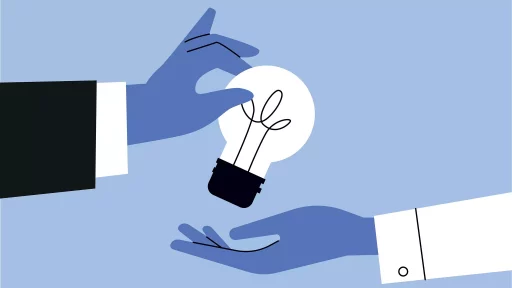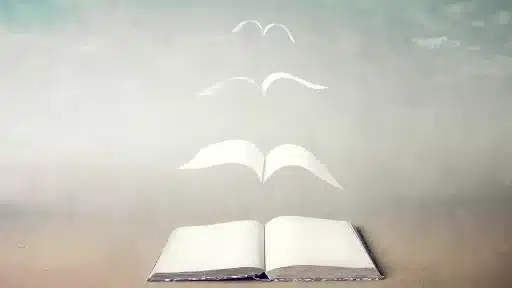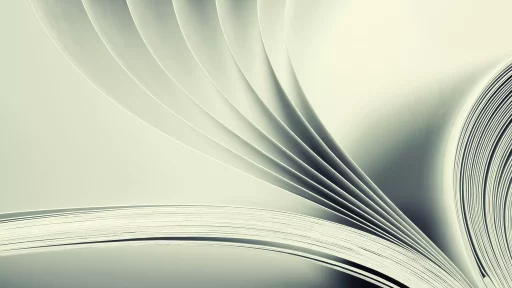Introduction
Erosion is a natural process that involves the wearing down and removal of rock or soil by wind, water, ice, or other forces. It is a slow but continuous process that can have significant impacts on landscapes, coastlines, and ecosystems.
Types of Erosion
There are several types of erosion, including:
- Water erosion
- Wind erosion
- Ice erosion
- Soil erosion
Causes of Erosion
Erosion can be caused by both natural and human activities. Some common causes include:
- Deforestation
- Overgrazing
- Construction activities
- Climate change
Effects of Erosion
Erosion can have a number of negative effects, including:
- Loss of fertile soil
- Increased sedimentation in water bodies
- Degradation of habitats
- Increased risk of landslides
Examples of Erosion
One famous example of erosion is the Grand Canyon in the United States, which was carved by the Colorado River over millions of years. Another example is coastal erosion, which can lead to the loss of beaches and coastal communities.
Case Studies
A study conducted in the Amazon rainforest found that deforestation is a major cause of soil erosion in the region. Another study in Australia showed that wind erosion is a significant problem in arid regions.
Statistics
According to the United Nations, soil erosion affects over 1.5 billion people worldwide and costs the global economy billions of dollars each year. In the US alone, soil erosion causes an estimated $44 billion in economic losses annually.





